Planet to acquire VanderSat in $28 million deal
Wednesday, 10 November 2021 16:13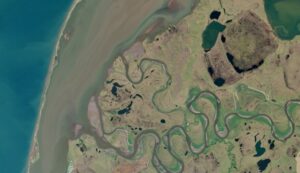
Planet announced an agreement to acquire VanderSat, a Dutch company that provides data on Earth surface conditions, like soil moisture and land surface temperature for about $28 million.
Using blocks dropped from Perseverance and measured by InSight to learn more about Martian surface
Wednesday, 10 November 2021 15:50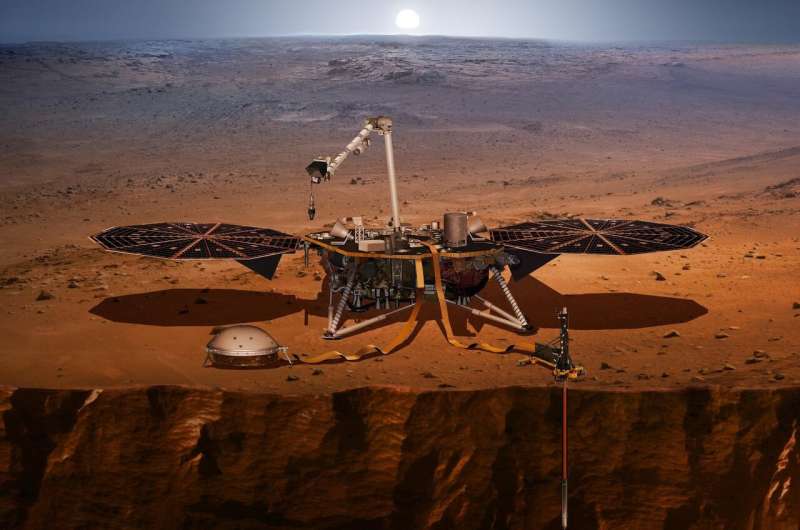
An international team of space researchers has learned more about the density of the Martian surface by analyzing data from the Mars InSight lander that was received during Perseverance's descent. In their paper published in the journal Nature Astronomy, the group describes their study of seismic data from InSight as Perseverance dropped heavy blocks during its descent.
One of the ways that planetary scientists learn more about the makeup of other planets is by studying seismic activity—waves from such activity can provide clues to the density of different parts of a planet. In this new effort, the researchers noted that gathering seismic data from extraterrestrial events such as asteroids striking the surface of a planet is difficult as they are so random. But they also noted that the Perseverance mission offered a unique opportunity—as part of its descent earlier this year, the rover's landing craft dropped two tungsten blocks—each weighing approximately 77.5kg to the surface below.
NASA's Roman mission will empower a new era of cosmological discovery
Wednesday, 10 November 2021 15:34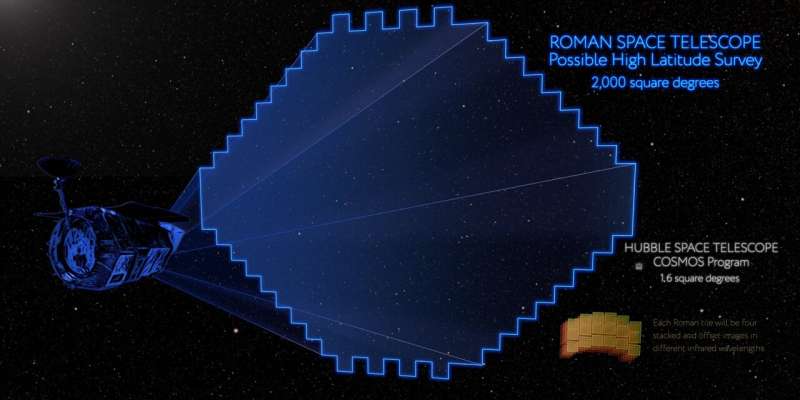
Meet VMS: The briefcase-sized chemistry lab headed to Venus
Wednesday, 10 November 2021 15:28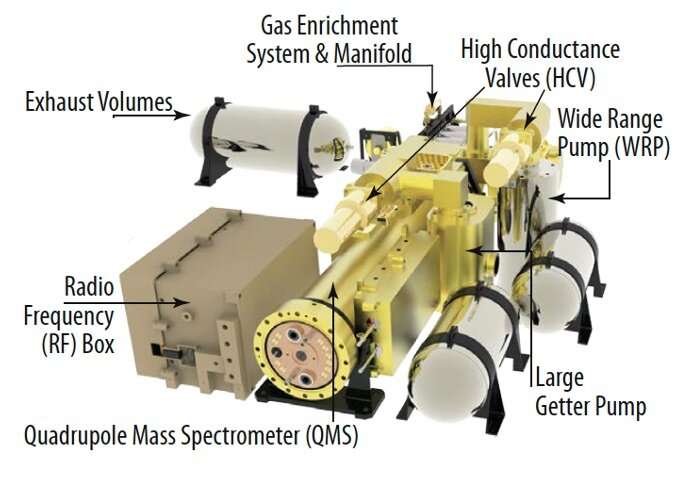
Short for Venus Mass Spectrometer, VMS is one of five instruments aboard the DAVINCI descent probe.
Alpha: a return to Earth in one minute
Wednesday, 10 November 2021 14:00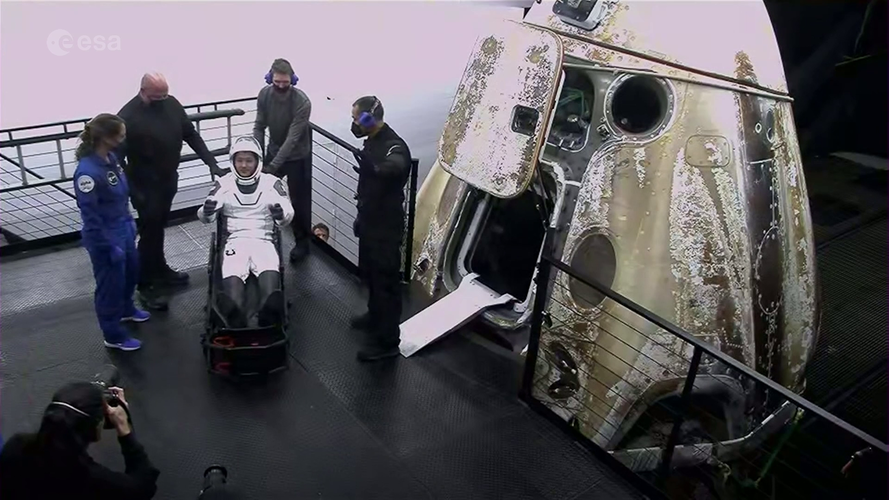 Video:
00:01:28
Video:
00:01:28
After 199 days in space, ESA astronaut Thomas Pesquet left the International Space Station together with alongside NASA astronauts Shane Kimbrough and Megan McArthur and JAXA astronaut Akihiko Hoshide, marking the end of his second six-month mission known as Alpha.
The return to Earth took ten hours, including a two-hour fly-around of the International Space Station, but this highlight reel shows the key moments of the journey in just a minute. From the Space Station to undocking, fly-around, reentry and splashdown off the coast of Florida, USA.
Thomas and crew splashed down on 9 November 2021 at 03:33 GMT
Northrop Grumman’s missile-tracking satellite passes critical design review
Wednesday, 10 November 2021 13:42A satellite designed by Northrop Grumman to track hypersonic and ballistic missiles has passed a critical design review.
Carbon dioxide monitoring satellite given the shakes
Wednesday, 10 November 2021 13:25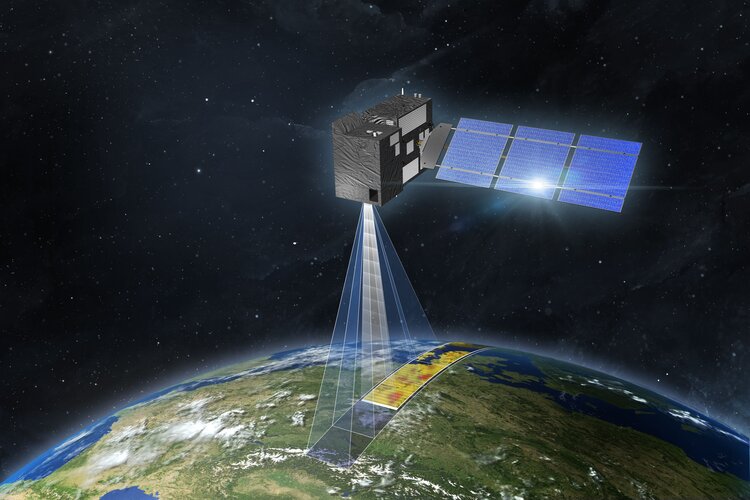
A new satellite destined to be Europe’s prime mission for monitoring and tracking carbon dioxide emissions from human activity is being put through its paces at ESA’s Test Centre in the Netherlands. With nations at COP26 pledging net-zero emissions by 2050, the pressure is on to reduce the amount of greenhouse gases we pump into the atmosphere – but the race is also on to support the monitoring that shows targets are being met. ESA, the European Commission, Eumetsat and industrial partners are therefore working extremely hard to get the Copernicus Anthropogenic Carbon Dioxide Monitoring mission ready for liftoff
Weird weather: Metal rain and super-high temperatures on an ultra-hot exoplanet
Wednesday, 10 November 2021 13:07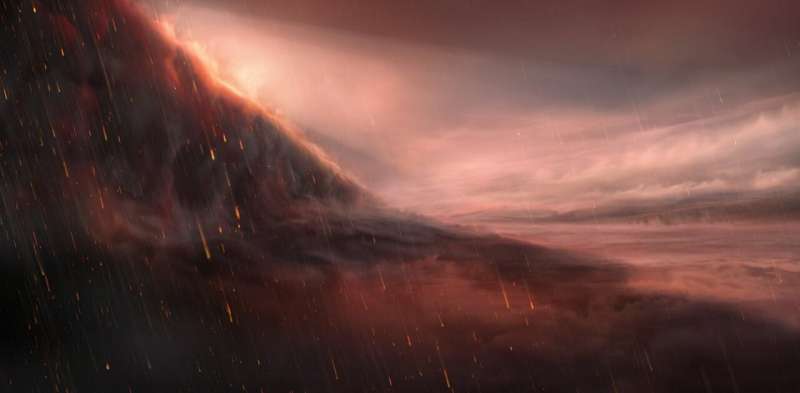
Ultra-hot Jupiters—named as such because of their physical similarities to the planet Jupiter—are exoplanets that orbit stars other than the sun with temperatures so high that the molecules in their atmospheres are completely torn apart. They are among the most extreme environments in our galaxy.
They also whip around their parent stars in orbits that only last a few days, and astronomers still aren't sure how it's possible for them to form.
While these harsh conditions might sound like they're as extreme as it gets, astronomers are starting to realize they may just be the tip of the (very hot) iceberg. In a recent study published in The Astrophysical Journal Letters, my colleagues and I discovered that one of these exotic worlds in particular is even more extreme than we'd ever thought.
European software-defined satellite starts service
Wednesday, 10 November 2021 12:28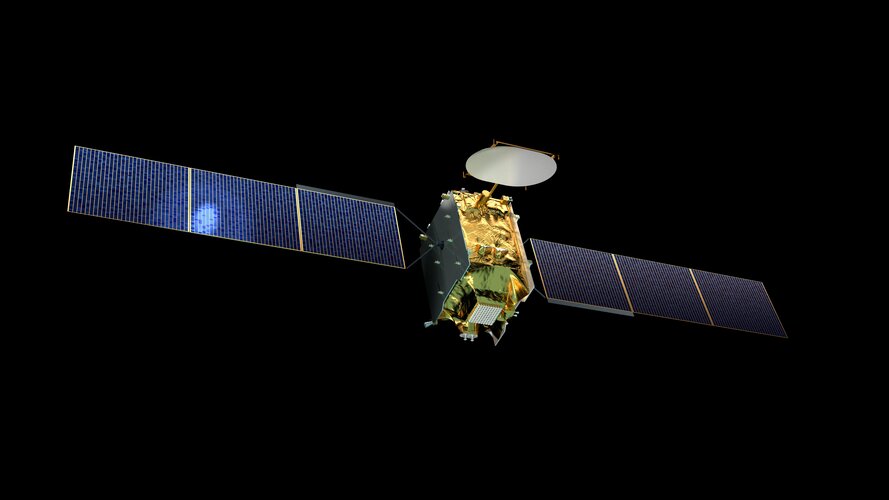
A telecommunications satellite that can be reprogrammed in-orbit, offering unprecedented mission reconfiguration capacity, has successfully passed its in-orbit acceptance review.
European software-defined satellite ready to start service
Wednesday, 10 November 2021 12:28
A telecommunications satellite that can be reprogrammed in-orbit, offering unprecedented mission reconfiguration capacity, has successfully passed its in-orbit acceptance review.
Momentus makes progress implementing national security agreement
Wednesday, 10 November 2021 11:25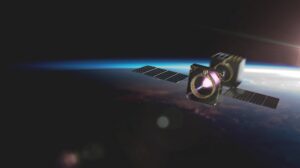
In-space transportation company Momentus says it’s making progress in implementing a national security agreement that would allow the company to secure the licenses needed for its first mission.
Interview with Thomas Pesquet on return to Earth a second time
Wednesday, 10 November 2021 10:00 Video:
00:04:56
Video:
00:04:56
ESA astronaut Thomas Pesquet gives a brief interview in Cologne, Germany, less than 48 hours after leaving the International Space Station.
He talks with ESA web TV editor Gaelle Lacroix in French and ESA editor Julien Harrod in English about returning to Earth after his six-month International Space Station mission Alpha, how it feels to splash down in a SpaceX Crew Dragon, and the differences with the Russian Soyuz spacecraft that flew him to space on his first mission, Proxima, in 2017.
After completing two six-month Space Station missions in five years, Thomas recounts the changes he saw while observing
Astronaut training in the land of volcanoes
Wednesday, 10 November 2021 08:25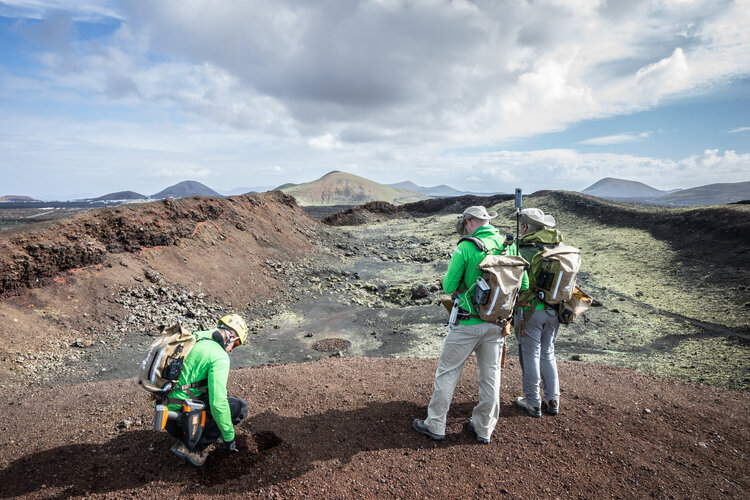
A team of astronauts, engineers and geologists is travelling to Spain’s Canary Islands, one of Europe’s volcanic hot spots, to learn how to best explore the Moon and Mars during ESA’s Pangaea geological training course.
Crew-3 mission cleared for launch
Wednesday, 10 November 2021 08:19
NASA and SpaceX are ready to proceed with the launch of a commercial crew mission Nov. 10 after overcoming weather and astronaut health issues as well as concerns about the spacecraft’s parachutes.
Satellites detect large methane emissions from Madrid landfills
Wednesday, 10 November 2021 07:30
High-resolution satellites have detected substantial quantities of methane leaking from adjacent landfill sites close to the centre of Madrid, Spain. Using data from the Copernicus Sentinel-5P mission combined with GHGSat’s high-resolution commercial imagery, scientists from the SRON Netherlands Institute for Space Research and GHGSat discovered both landfill sites combined emitted 8800 kg of methane per hour in August 2021 – the highest observed in Europe by GHGSat.

